- Home
- Machining techniques
- CNC Machining Services
- Cooperative supply services
- Designs
- Materials
- Finishing Services
- Shop
- Products
- Guide
- About Us
- Contact Us
2022.2.7
When a benchtop CNC mill is used for routine operations, you should be aware of the most typical problems that can occur and how to fix them. Here we explain how to deal with failures of CNC machine.
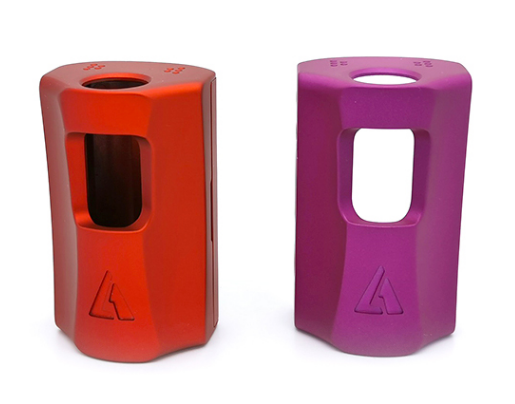
Case failure phenomenon: after the machine tool is powered on, the CRT has no gray scale and no picture. Observe other parts of the machine tool and it is normal, and there is no abnormality in the electric control cabinet.
First, check the connecting cable of CRT and find that the connection is not loose or disconnected, and there is no problem with the adapter plug in the electric control cabinet. Check the input voltage of the CRT unit. The nature and voltage of the power supply used by the CRT unit vary greatly due to different manufacturers. Generally speaking, 9in monochrome CRT mostly uses + 24V DC power supply, while 14In color CRT is 200V AC voltage. Therefore, before that, you should first find out the data and find out the specific situation of the equipment. The input voltage of the device is DC 24V.
The failure of CRT unit itself. CRT unit is composed of display unit, regulator unit and other parts. This kind of inspection is only a simple intuitive method. We transferred the video signal of MMC circuit board in NC system to the computer, and found that the display of the computer also has no signal. Therefore, we infer that the problem lies in MMC board, which should be handled carefully when dealing with the problem of circuit board, Because in the numerical control system, if there is a circuit board problem, it is easy to cause data loss. In particular, MMC board is equivalent to an independent computer with its own hard disk and memory. When dealing with problems, we first backup everything inside it, and make sure that one end is powered off when connecting cables, Because any slight fluctuation will cause the loss of data or the burning of VCE series CNC single column vertical turning center of cable connector, it must be ensured that the circuit board is in the state of power failure when disassembling, and the whole unit should be disassembled. After finding the problem, apply the right medicine to the case, and the problem can be solved easily.
1. Feed drive system
The feed drive system is divided into DC feed drive and AC feed drive. The failures can be roughly divided into three categories. One is to display alarm information on CRT by using the diagnostic program of software; Second, the hardware on the speed control unit (LED indication, fuse fusing, etc.) is used to display the alarm; Third, there is no fault with any alarm indication.
2. Software alarm form
This kind of alarm is displayed on the CRT through the monitoring and alarm of the feed drive by the system. The first case is the error alarm of the servo feed system; Most of these alarms are caused by faults in speed control, or failures in parts related to position control or servo signal of NC; The second case is the fault caused by the relevant detection elements (speed measuring motor, resolver or pulse encoder); The third case is the alarm about overheating, such as servo unit, transformer and motor.
3. Hardware alarm form
Including alarm indicator light and fuse fusing on speed control unit, tripping of various switches (for protection), etc. The meaning of alarm indicator varies with the design of speed control unit. Generally, there are the following situations:
① high voltage alarm. The reason for this kind of alarm is generally that the input AC power supply voltage exceeds 10% of the rated value or the insulation capacity of the motor decreases. A megger can be used to measure the insulation capacity of the motor.
② High current alarm. This kind of alarm is mostly due to the damage of the power driving element thyristor module or transistor module on the speed control unit. In case of power failure, use a multimeter to measure the resistance between the collector and emitter of the module. If it is less than 10 Ω, it indicates that the module has been damaged.
③ Low voltage alarm.
④ Overload alarm. The reason for this kind of alarm is that the mechanical load is abnormal, or the upper limit of motor current on the speed control unit is set too low, and there are many mechanical loads, which are seriously worn due to the long service time of the equipment. The setting value of the current can be changed.
⑤ Speed feedback alarm. This kind of alarm is mostly caused by poor speed or position feedback line of servo motor or poor contact of connector. It may also be the problem of feedback signal processing module in NC.
⑥ The fuse burns out or the circuit breaker trips. There are many reasons for this kind of alarm, which must be determined according to the specific situation. If the alarm still occurs after replacing the fuse, the cause of fusing must be found.
⑦ Protection switch action. If this kind of alarm is an obvious protection switch action, the reason is also very simple. Repeat the operation to avoid it, such as travel switch. If the transformer is overheated and the air switch trips, it is necessary to find out the cause. Some are caused by the set value problem, and some are caused by overheating in the processing process.
⑧ Failure without alarm display. Such failures include machine tool vibration, machine tool out of control, excessive machine tool noise, etc. in case of such situations, comprehensive consideration shall be made and judgment shall be made according to the actual situation.
As in the case of feed control unit, spindle drive is also divided into DC and ac. at present, most CNC machine tools are AC drive. Combined with the field situation, this paper focuses on the common failures of AC drive.
1. Motor overheating.
Due to excessive load, the motor cooling system is too dirty to cool normally, the cooling fan cannot work normally, and the contact between the motor and the control unit is poor. There was an alarm indicating that the motor was overheated. At that time, there was no problem in checking the motor, but it was found that the temperature of the transmission driven by the motor was also very high. Later, the lubricating oil of the transmission was checked and found that the oil was seriously polluted, resulting in overheating.
2. The fuse of AC input circuit is burnt out.
The reasons for such failures are that the impedance of the AC power supply side is too high, the rectifier bridge of the power supply is damaged, the transistor module enabled by the inverter is damaged, and the circuit board of the control unit is faulty. However, according to the situation on site, the problem can be solved by replacing the fuse in this case.
3.The spindle motor has abnormal noise and vibration.
For such faults, check and confirm under what circumstances. If it occurs during deceleration, the fault occurs in the regeneration circuit. At this time, check whether the fuse at the circuit is blown and whether the transistor is damaged. If it occurs at constant speed, first check whether the feedback voltage is normal, and then suddenly cut off the command to observe whether there is abnormal noise during motor shutdown. If there is noise, it is more in the mechanical part.
4. The motor speed exceeds the rated value.
It may be due to a problem with the setting or a problem with the circuit board.
5. The motor does not rotate or cannot reach the normal speed.
The cause of this kind of fault may be the abnormal speed command and the poor installation of the sensor for spindle orientation control, which can also be determined according to the alarm indication.
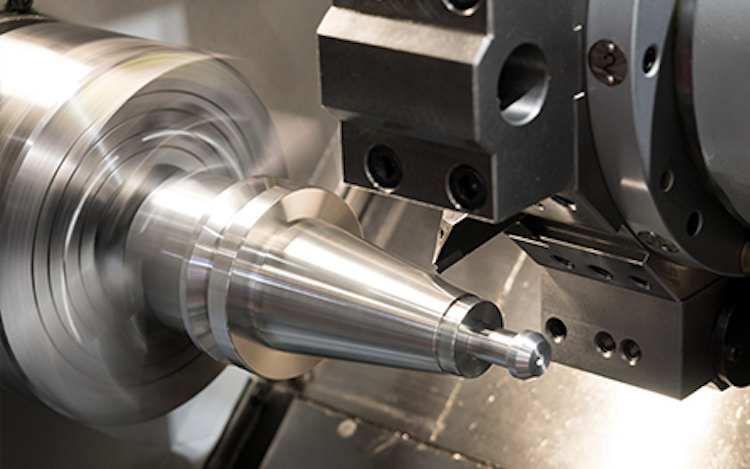 CNC Machine Installation Tips – How To Assemble & Install CNC Machine Tools The Right Way
CNC Machine Installation Tips – How To Assemble & Install CNC Machine Tools The Right Way
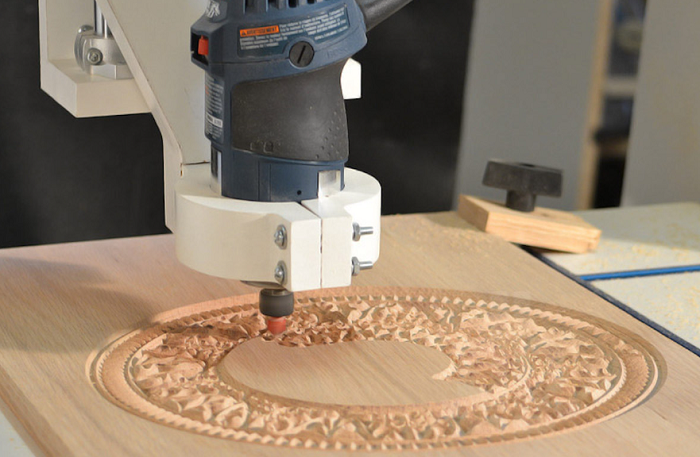 How To Make CNC Machine Work Stably For A Long Time – Tips To Expand CNC Machine Life
How To Make CNC Machine Work Stably For A Long Time – Tips To Expand CNC Machine Life
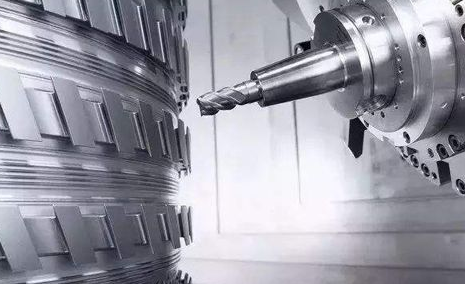 Types & Classification Of CNC Machine Tools | Basics Of CNC Machining
Types & Classification Of CNC Machine Tools | Basics Of CNC Machining
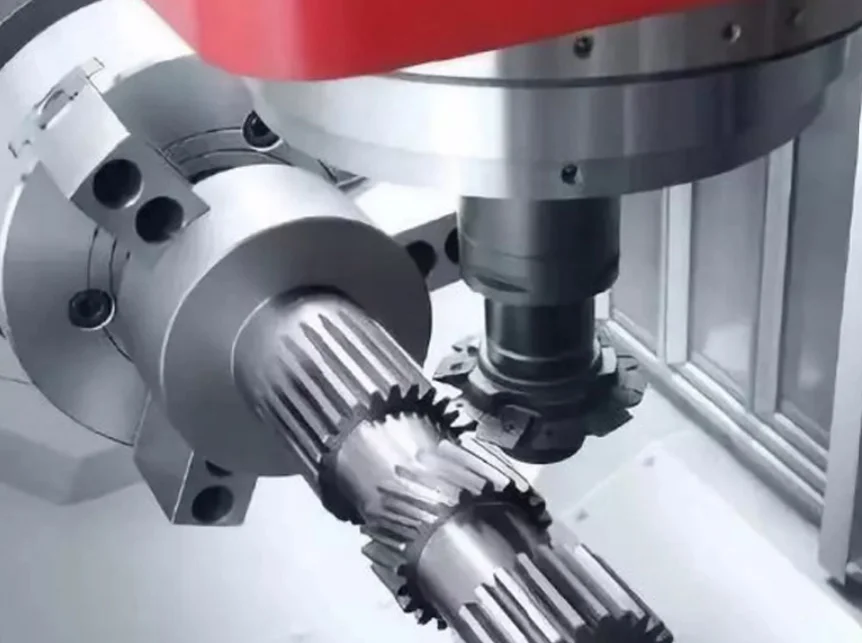 Maintenance Of Turning Milling Compound CNC Machine Tool
Maintenance Of Turning Milling Compound CNC Machine Tool
 Advantages Of Automatic Lathe Processing And Daily Maintenance
Advantages Of Automatic Lathe Processing And Daily Maintenance
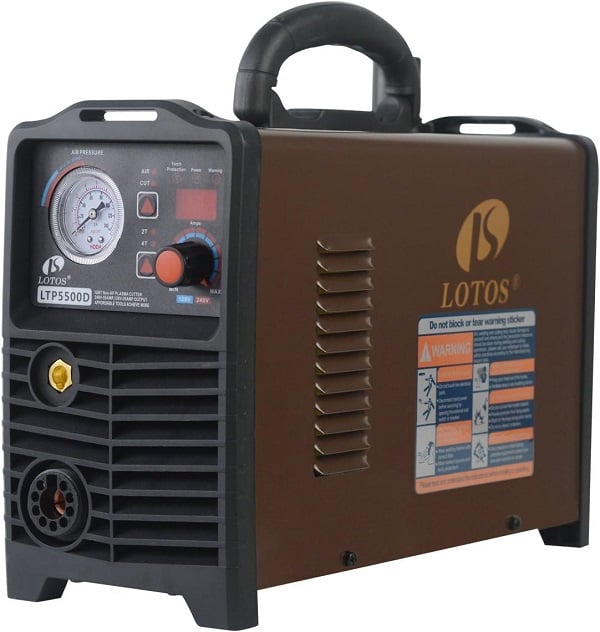 Best Plasma Cutter 2024 – Top 10 Cheap Plasma Cutter Under $500/1000
Best Plasma Cutter 2024 – Top 10 Cheap Plasma Cutter Under $500/1000
